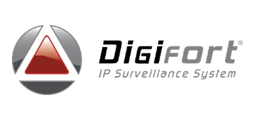




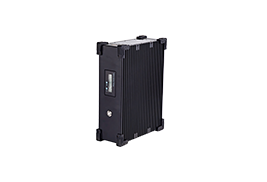
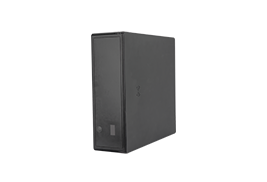
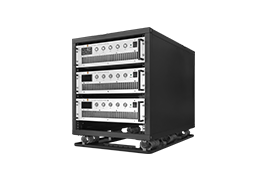
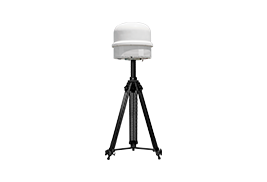
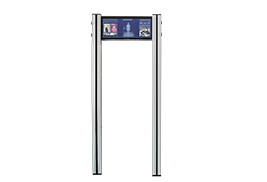
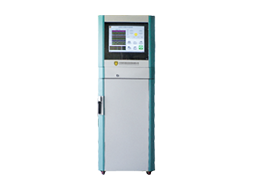


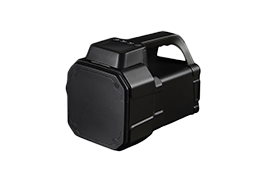
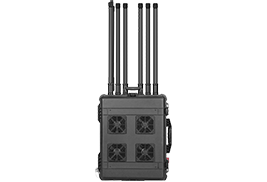
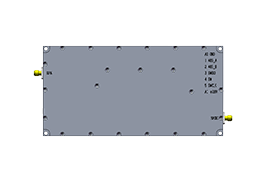
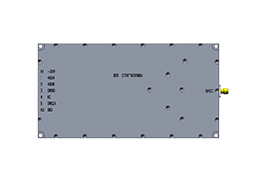
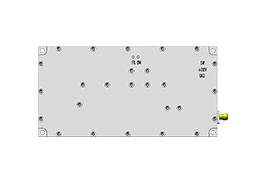
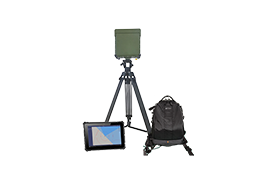

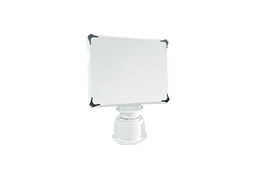
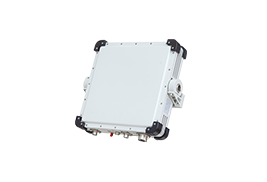



 X
X







 GLOBAL / ENGLISH
GLOBAL / ENGLISH











SZMD-BF8S holographic gaze detection radar, also known as full space-time radar and pan-probe radar, adopts digital receiving and generating array surface, transmits wide beam and receives DBF to realize multiple beams at the same time to realize continuous detection of the whole airspace. Long-time phase correlation accumulation technology is used to realize high data rate and high Doppler resolution detection of "low, slow and small". It is mainly used for the detection, alert and target indication of drones, birds and aircraft in key areas such as airports, borders and coastline. It can quickly adapt to and process the environment and target type, and conduct continuous "flood irradiation" to the whole visual field, forming the three-dimensional space of the target.

Low interception, anti-main lobe interference: using low gain wide beam transmitting antenna, no traditional main lobe, the radiation power is reduced to about 20dB. Only one-tenth of the distance where the centralized launch was intercepted;
Continuous space-time coverage: no beam scanning can ensure time continuity, and simultaneously multi-beam reception ensures space coverage;
Good low-altitude performance: high Doppler resolution significantly enhances the detection and recognition ability of "low and slow" targets;
Multiple target detection: simultaneous multiple target tracking without accuracy loss; suitable for group target and split target detection. It can realize the simultaneous detection of air and ground (sea) targets, without changing the working mode;
At the same time, multi-function, interference reconnaissance and active detection work at the same time, at the same time to achieve narrow band detection, broadband imaging identification and other functions;
Different accumulation time can be used according to different target distance, so as to realize different "data update" time, with multiple functions such as long distance monitoring, medium distance monitoring, close distance monitoring and other radar;
Support the array sub-aperture division, different aperture to achieve different functions, support power management;
Active and passive integrated detection: active and passive combination, the use of cooperative information source, extremely high detection ability and recognition ability;
Intelligent environment perception: intelligent perception of target characteristics, clutter characteristics, interference characteristics;
Standardized design: RF is fully digital, all processing is completed by digital signal processing, which can be generalized;
Modular design: using building block modular design, the system scale can be expanded, maintenance guarantee only need to replace independent modules;
Software design: using application-oriented development mode and general open architecture design, the system functions can be reconfigurable and upgraded through software definition;
Dual and multi-base network detection: support the continuous wave system, improve the anti-interference ability, improve the detection accuracy.
| Model | SZMD-BF8S |
| Operating Frequency Band | L/S Dual Band |
| Maximum Detection Altitude | (Single large bird or flock) 5 km |
| Detection Range | Drones ≥10 km, RCS = 0.01㎡ |
| Pigeons ≥7 km, RCS = 0.0038㎡ | |
| Sparrows ≥3 km, RCS = 0.0016㎡ | |
| Detection Range Accuracy | <10 m |
| Transmission Power | <50 W |
| Number of Simultaneously Tracked Targets | ≥1000 |
| Detection Speed | 0.5 m/s - 100 m/s (expandable) |
| Azimuth Accuracy | ≤0.5° |
| Azimuth Coverage | ≥90° |
| Elevation Coverage | ≥30° |
| Data Rate | ≥1 Hz |
| Power Consumption | ≤400 W |
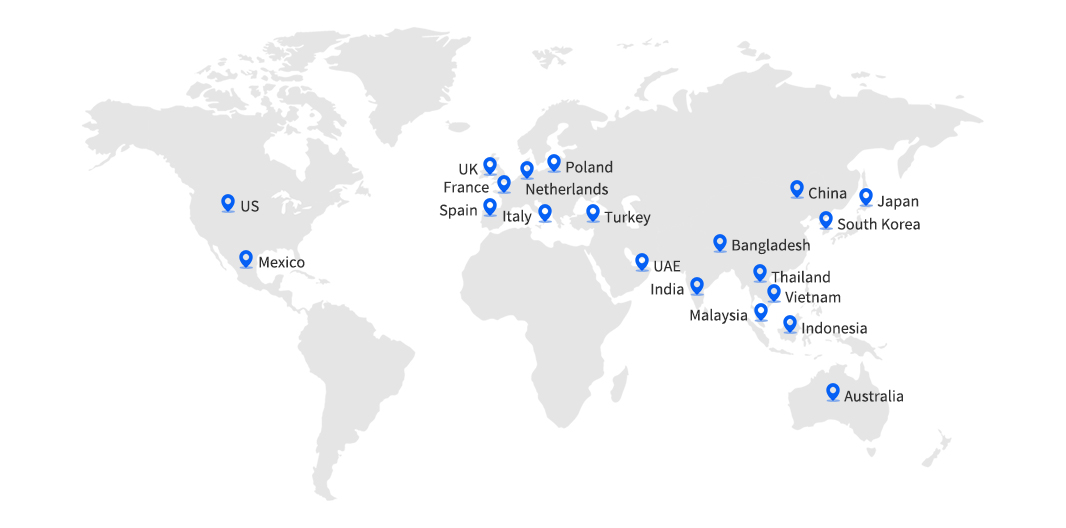
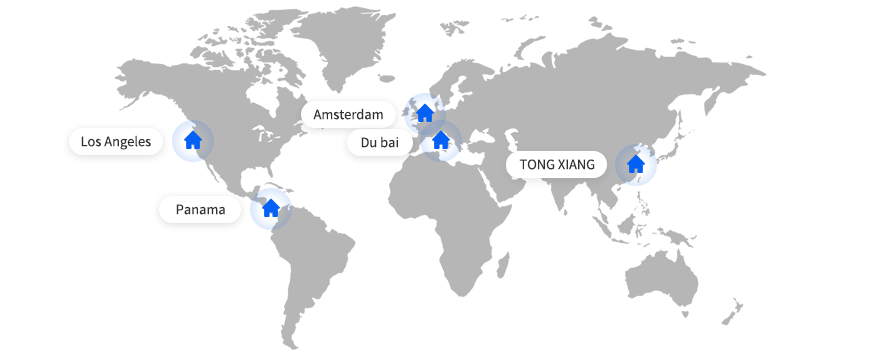
Covering Europe, America,
Middle East and Asia
pcs shipment in 2023























